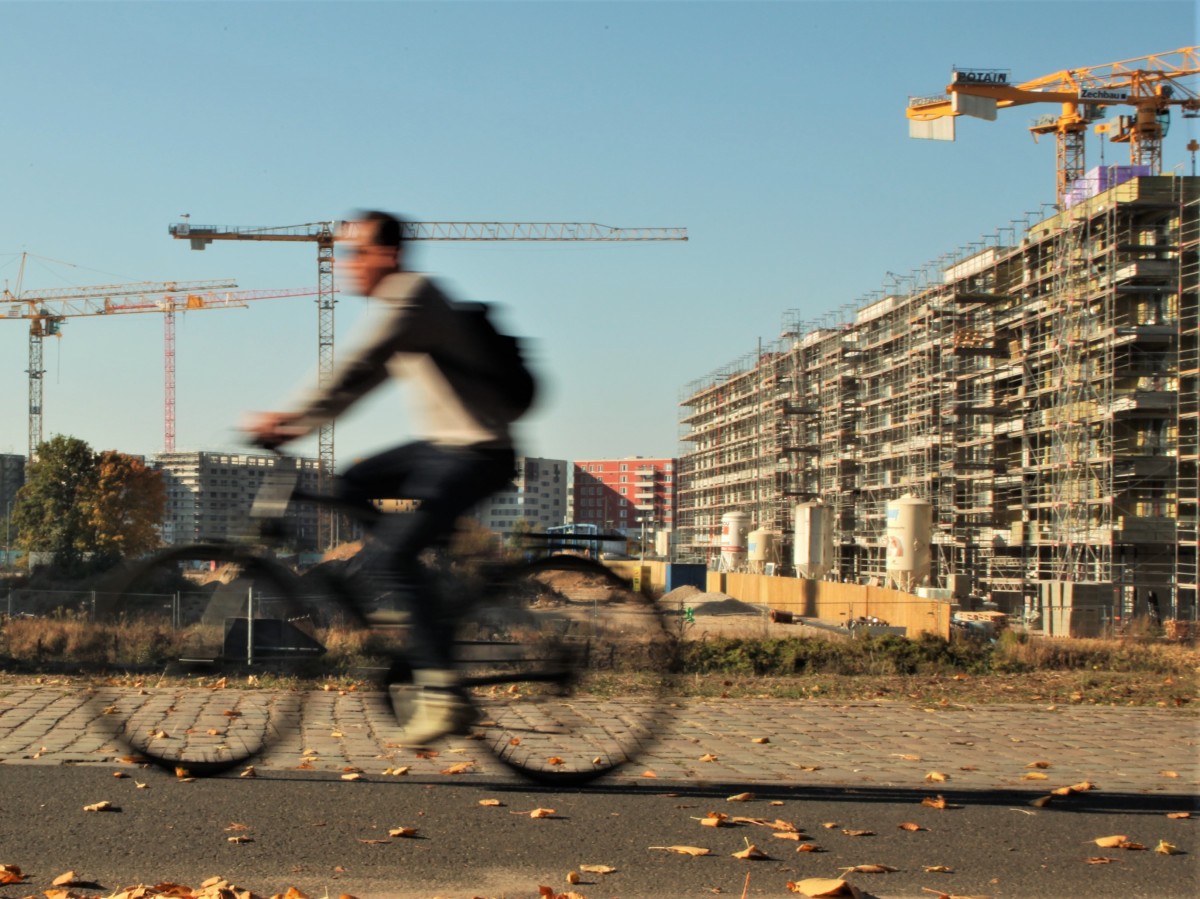With the ongoing pandemic and the climate crisis, 2021 was a challenging year for many–but there's still good news to celebrate. Around the world, city dwellers, charities and local governments have embraced change to make their cities greener, doing their bit to meaningfully innovate –just like the ones below.
Did your city try something new this year to become more sustainable? Let us know on social.
Milan welcomed 35km of bike lanes
2021 was a successful year for green initiatives in in Milan, one of the cities with the highest car ownership rates in Europe. After being announced in 2020, the Strade Aperte (Open Roads) project has built more than 35km of new cycling paths throughout the city throughout the year, and the Milanese have embraced life on two wheels. In spring 2021, bikes accounted for an impressive 25% of all traffic on Corso Buenos Aires, one of the city's busiest roads.
Vienna planted 4500 trees
According to city data, 53% of the territory in Vienna is occupied by green spaces, already making it one of the greenest cities in the world! And 2021 showed no sign of slowing down for the Austrian capital, with a further 4500 trees planted around the city. Investing in the green spaces of the city presents a number of benefits to the city and its residents, including trapping CO2 and fine dust particles, alongside cooling the surrounding area.
Superblocks prioritised pedestrians in Barcelona
The superilles (Superblocks) are at the heart of an ambitious concept for sustainable mobility developed by the city administration in 2016, which continued to flourish around the city last year. In 2021 alone, Barcelona completed the transformation of the streets in Sant Martí, extending the overall superblock area by more than 14,000 square kilometres, and began to work on the streets of Rector Triadó and Torre d’en Damians. A report from the Catalan capital's Public Health agency (ASPB) has found that the scheme has resulted in a 25% drop in NO2 levels in some areas!
Image from Sara Cultural Centre website
Skellefteå innovated with more sustainable architecture
At 75 metres and 20 storeys tall, the Sara Cultural Centre in Skellefteå, Sweden, is the tallest building in the Nordic region to date, and highlights how reinforced timber can become sustainable building material. Having opened its doors in September 2021, the ‘plyscraper’ now provides a new cultural centre in the town, combining theatre, museum, art gallery, public library, conference centre and hotel.
Image: Nontawat Sutthikorn / Time Out Bangkok
We Park's community spaces rejuvinated Bangkok
Citizen-led initiative We Park takes Bangkok's unused urban spaces and transforms them into community parks, with the first opening in September 2021 in Wat Hua Lamphong. The park features lush greenery alongside exercise machines, benches, and a colourful children's playground, providing an oasis of calm in a dense urban setting. Four more pilot parks have been planned, and some private land owners have even donated their land for green space.
Image by Green Pea's website
Turin residents welcomed the world's first eco shopping centre
The Green Pea opened its doors at the very end of 2020, as the world's very first completely green shopping centre. Occupying 15,000 sq. meters on five floors, the Green Pea stocks everything eco-friendly to clothing, household products and furniture, and runs entirely on green energy methods. The name of the shopping hub is inspired by the pea - considered a tiny symbol of respect that is as round as the Earth, and as green as the planet should be.
Dance launched its movement in Berlin, providing a greener way to commute
2021 was the year Dance launched a full-service ebike subscription, making it easier than ever to choose a green commute (did you know that opting for an ebike produces 80% less CO2 per kilometre compared to a car?)
You can sign up in Berlin for your own Dance One here, and signups for the Hamburg pilot are now open.
2021 was a great year for building greener cities, and the future looks bright in 2022. If being part of the change inspires you, take a look at our open positions.
